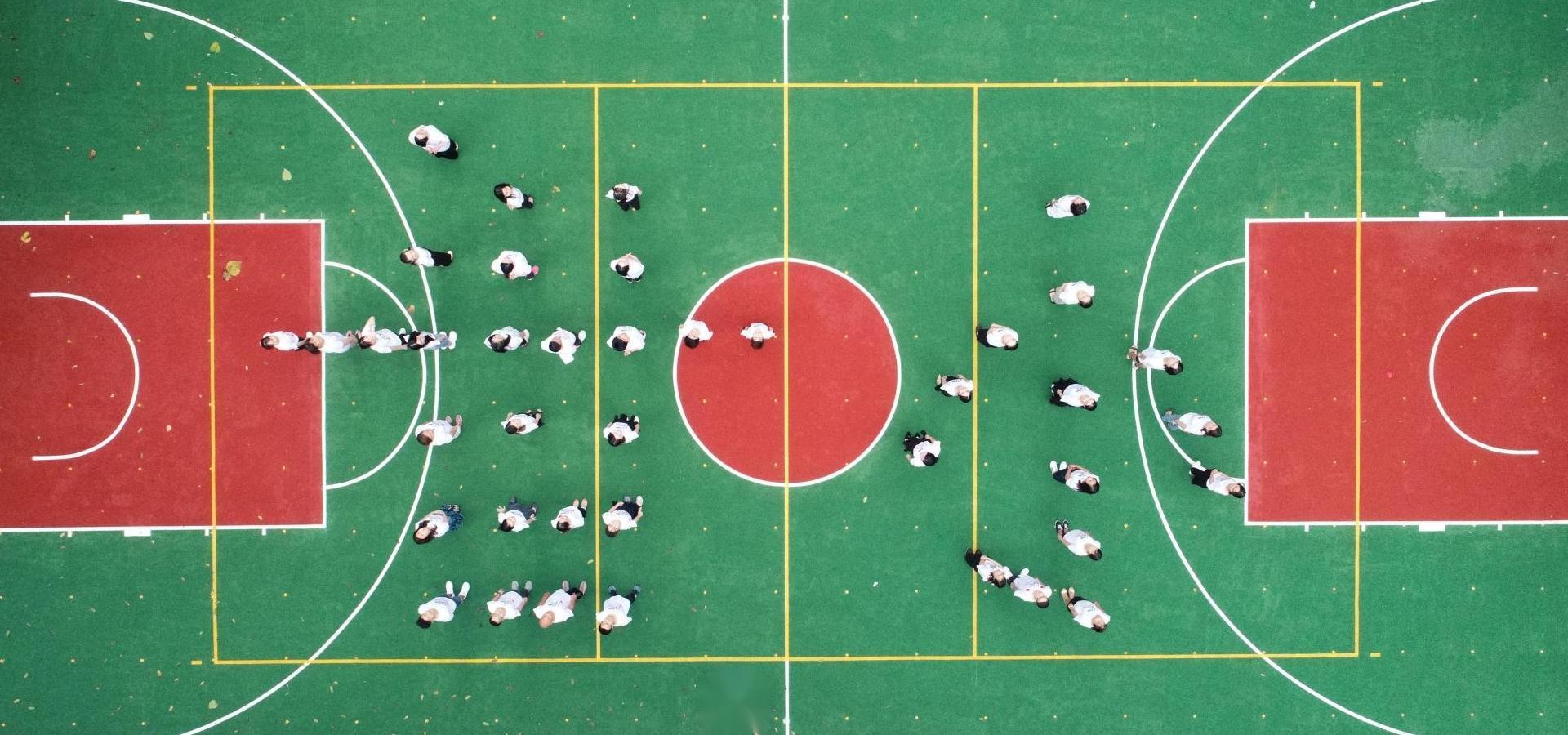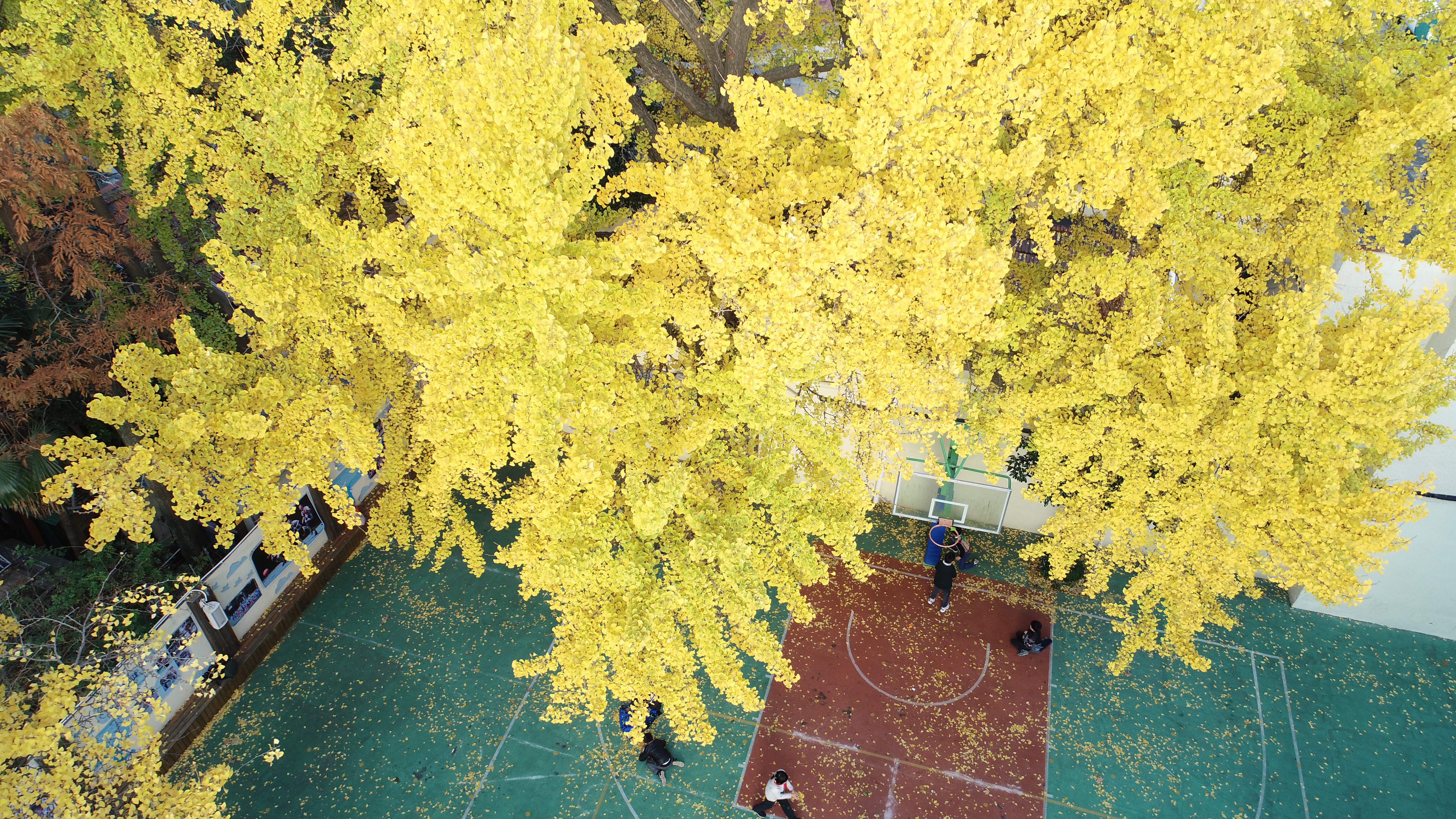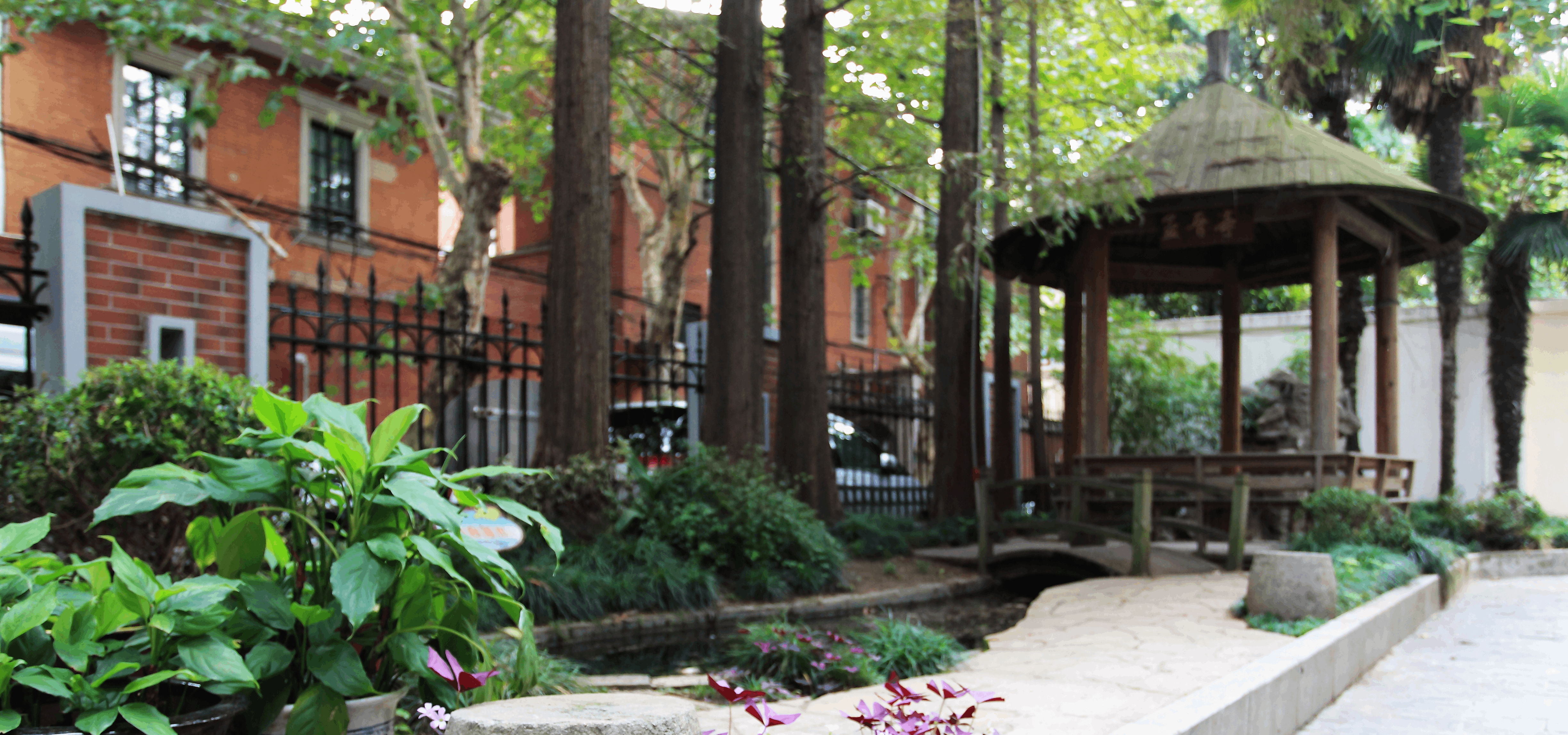LESSON PLAN
In the children’s garden
主题:Play in the garden 课时:The 1st period
任务简述:
Introduce the children’s garden by using the words (e.g. slide , swing , seesaw , garden ) and the key patterns (e.g. What can you see ? I can see… What colour is it ? It’s…)
学情分析与教学说明:
世界小学是一所小而精致的学校,生源比较复杂,基本上是本地段学生和外来务工的学生各占班级人数的一半,但基本上所有学生都在本区进行了一到二年级的英语学习。通过一年级的英语学习之后,学生有了初步的听说能力、词汇的认读以及拼写的能力。
二年级学生目前还属于是低年级段的学生,本班学生也有着低年级段学生的好玩、活泼的个性特点。针对学生的这一特点,对于本班级的学生的教学目标和任务形式设定为在确保牛津教材基本教学要求达成的基础上,要求学生以较为轻松的方式,以游戏作为课程输入的主要载体,以语言的自由沟通和运用作为反馈的一种方式,希望学生在通过主动的、主观上意愿去达成的沟通行为,来对于习得的知识有一定的思考和熟悉,做到“说然后想、想然后得”。
本课时是第一课时,需要对单元内容进行简单的介绍,并且能够奖Let’s learn的教学内容进行很好的掌握,为进行本单元的余下课时做好准备。
Learning Odjectives:
1.Using nouns to identify objects in the playground. ( e.g., slide, swing, seesaw)
2. Using modeled phrases to indicate actions.(e.g., play on the slide/swing/seesaw)
3.Using formulaic expressions to indicate what people can see. (e.g., I can see…)
4. Learning to how to relax and enjoy everyday.
Difficulties:
1.Pronounce the key words correctly.
2.Use modeled sentences to communicate with other students.
Materials:
1. Exercise book
2. Multi-media (power point)
3. Word cards
|
PROCEDURES |
CONTENTS |
METHODS |
PURPOSES |
|
Ⅰ.Pre-task preparation: 1 Warmer 2.Greeting 3.Show pictures about gardens |
1. rhymes One,two ,three Alphabet song 1.26 letters 1. garden 2. guess the missing letters |
T&Ss : sing together. Sn:Say next of the letter together. T: Look ,these pictures are very beautiful. We call these places garden. Sa:G_ rd_n |
利用儿歌帮助学生进入一个英语学习的氛围 。 快速问答帮助学生巩固已经学过的知识。 利用各公园的照片介绍garden,同时要求学生根据发音来猜测缺少的字母。 |
|
Ⅱ.While-task procedure: |
1.a Children’s garden of our school. 2.New words: slide, swing, seesaw 3.Q&A: What can you see? I can see … 3. fill in the blanks 4..read new words 5.game 6.(Rhyme) Play on the slide/ swing/ seesaw. Slide ,slide .play on the slide. Swing ,swing. Play on the swing . seesaw ,seesaw . play on the seesaw. 7.make a dialogue What can you see ? I can see a … What colour is it ? It’s … What can you play ? I can play on the … 8.Listen and match |
T: say and show the picture of our school. slide Ss: 1).spell together. 2)spell one by one 3) Write the word on the desk T: ask Sn/Sa: answer. . swing Ss: 1).spell together. 2)spell group to group 3) spell the word to the fairy T: ask Sn/Sa: answer. seesaw Ss: 1).spell together. 2)spell boys by girls 3) 10 second to remember the word T: ask Sn/Sa: answer. Sn: answer Ss: read twice and spell Sp:Guess in pairs One do the action and another guess the word. T: ask Ss:answer. T: ask Sn:answer. T: ask Sa:answer. Ss:read and act together. Sp: say and act Ss: do it. |
带领学生通过打开学生大门来到他们熟悉又陌生的自己学校的小花园。 通过对熟悉环境的观察,很快发现,花园里多了可以玩的工具。 教学本课的三个新单词。学生听录音,跟读单词。以各种不同的形式来教授和巩固单词的记忆。 通过填写字母,巩固单词记忆。 将新单词整理在进行通读。 通过动作猜单词的游戏进一步巩固单词。 运用I can 句型交流可在游乐园所进行的活动,引出词组play on the …,将词组play on the …的教学穿插在儿歌中进行。给学生一定的提示,模仿前一个儿歌,在横线处填入适当的词编儿歌。 将三段儿歌合并为一首,有节奏的诵读。 利用练习册上的一个听力练习来巩固已经习得的知识。 |
|
Ⅲ.Post-task activity: Assignment |
1.task “Design our children’s garden” |
T: Design a children’s garden in your group. Sg1-4:Choose, colour and say. Ss: Show the children’s garden and introduce it. … 1.Read the text M3U1 P26-27. 2. Introduce the picture to your parents. 3. Copy and recite the new words. |
学生以小组的形式设计一个自己喜欢的乐园,同时运用习得的语言进行交流。 |
On the blackboard
M3 U slide What can you see ? I can see …. swing What color is it ? It’s … seesaw What can you play ? I can play on the …
切实以学生为主,扎实于教学课堂
这是二年级上半学期M3U
在单词教学中,力求单词教学方法多样扎实到位,学习语言,是为了交流各自的思想,对各种各样事物的看法等等,而语言学习最好的环境,又是在“用中学,学中用”,以达到真正交际时能“自然流露”的目的。而单词是句子的基础。故在课堂教学中要尽可能设计灵活多样的教学方法来熟练掌握单词的音形意。在这堂课中,我计划采用个人读,小组读,男女生读,齐读,单词拼读等等方法,并在每个单词熟练拼读后都设计了巩固环节,但是实际上在课堂教学中,对于读得形式多样化没有落实到位。所以在课程的后半部分,我在教授补充内容的时候,利用儿歌对单词的教学进行了巩固和弥补,但之后的弥补总不如在教授能够到位来得有效。我利用多媒体和肢体语言来辅助教学,力求使课堂活跃,希望学生学得津津有味,乐在其中。
为了将学生的注意力真正吸引到教学内容上来,设计真实有效的语言环境非常重要。我将这得情境设计为本校的小花园,这是学生非常熟悉的环境,而在这个环境的基础上加入需要学习的单词,使学生有一个真实的场景可以进行思考和学习。但是,在这个场景的使用上并不到位,其实可以让学生思考下,看到这些东西你自己最想先玩哪一个?通过讨论使学生能真正自主的决定自己这节课学习的内容和方向,才能称得上是课堂的主人。课的最后通过先画自己最希望的children ’s garden,再用简单的语段向其他小朋友作介绍。这样为学生创造了一个想象的空间,培养了学生的思维,也为语言训练提供了情景。这应该是这堂课最精彩的地方,但是由于时间的关系,学生谈论自己理想中的儿童乐园,进行语言的综合运用比较仓促课前准备也不够充分。






 官方公号
官方公号

